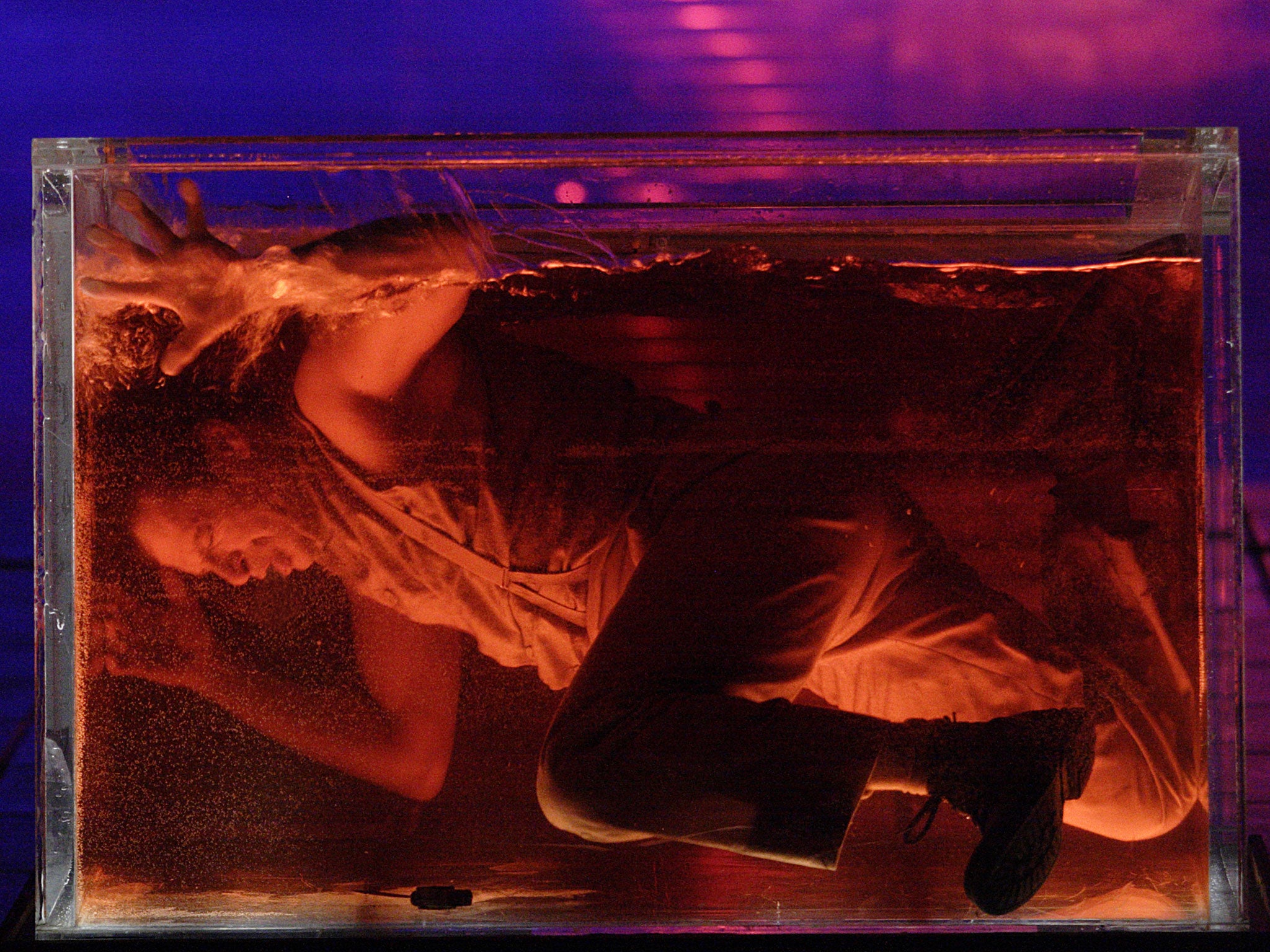
Driven mad by a disastrous love-life and the horrors of war, the German soldier Johann Christian Woyzeck was publicly beheaded in 1824 for the murder of his unfaithful lover after medical tests 'disproved' his defence of temporary insanity. His story gave rise to a play by Georg Buchner, a radical young medic who presented him as 'rationally' paranoid, ie the world really was out to get him. The opera which Alban Berg created from the story a hundred years later was predicated on the same assumption: for his Wozzeck, all encounters with his social superiors are humiliating beyond endurance.
But how to direct it? Carrie Cracknell's recent ENO production replaced the conventional psychiatric interpretation with a topical social one: her Wozzeck belonged to Britain's contemporary underclass, and - returning from active service abroad – was suffering from PTSD. Her show was bursting with implied sub-plots: the revival of Keith Warner's production at Covent Garden is a reminder that this opera works most powerfully when no extraneous elements are allowed to disturb its intricately-worked structure.
With Mark Elder in the pit, and a near-ideal cast, it speeds to its goal. As played by Simon Keenlyside, this Wozzeck is a lost soul from the start, leaning forward on tiptoe as he tries to make sense of his treatment by Gerhard Siegel's complacently contemptuous Captain, humbly admitting that poor folk like himself cannot afford to be 'virtuous'. His other tormentors are superbly larger than life: Endrik Wottrich's swaggering Drum Major seems inflated by self-love, while John Tomlinson's Doctor is a clever study in casually-amused sadism. The only weak link in the dramatic chain is Karita Mattila as Wozzeck's flighty young wife Marie: she delivers the right sound, but her notion of acting is so misconceived that you don't believe in her for a moment.
But the delicate force of the orchestral playing and the furious momentum of the production override any such details, as does the austere simplicity of Stefanos Lazaridis's designs with their message of inexorable fate. The giant black guillotine-blade swooping down, the four glass display-cases with their sinister-symbolic contents, and the back-projected blood-red sun are all manifestations of a malign universe, as is the softly-growling crowd of asylum inmates who fill the stage in a swelling tide. At the still centre of everything is Keenlyside's Wozzeck, commanding in his fury and despair, and bringing off a final coup de theatre which demands extraordinary nerve and physical control.
Subscribe to Independent Premium to bookmark this article
Want to bookmark your favourite articles and stories to read or reference later? Start your Independent Premium subscription today.

Join our commenting forum
Join thought-provoking conversations, follow other Independent readers and see their replies